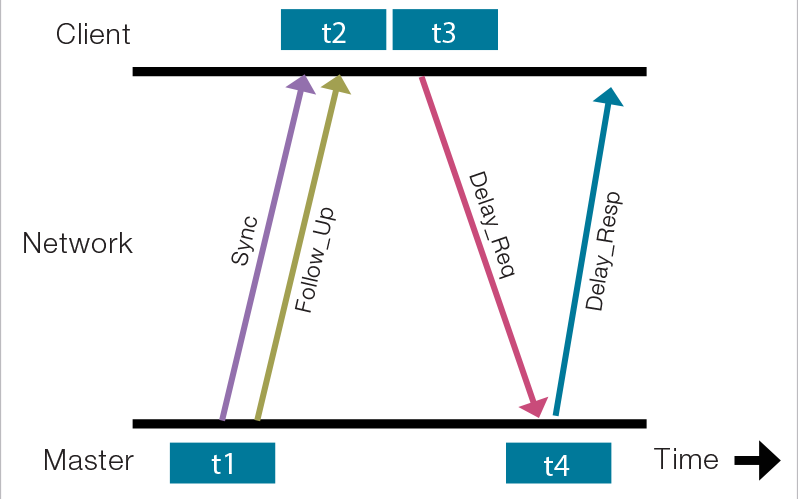
Many embedded systems need to keep track of time, consistently and precisely, across multiple devices. Synchronized clocks can be used to coordinate actions, such as activating motors in an industrial process, or to time-stamp sensor readings that must be combined and analyzed. Synchronization of clocks may also be used to partition shared resources (such as network links) in distributed systems with critical real-time requirements.
Various schemes are available for setting and synchronizing real-time clocks. Some methods make use of common peripherals on commercial hardware but cannot achieve high precision. Other methods achieve high precision but require specialized hardware interfaces. The emergence of IEEE 1588 PTP as a standard feature of network interfaces on commercial embedded hardware provides an attractive option for high-precision synchronization over general-purpose Ethernet networks.

In this paper, we will focus on clocks that maintain a value for the time of day or measure time intervals. These are related to, but distinct from, the clock signals that oscillate at a particular frequency to drive digital logic. Download the white paper to learn more.